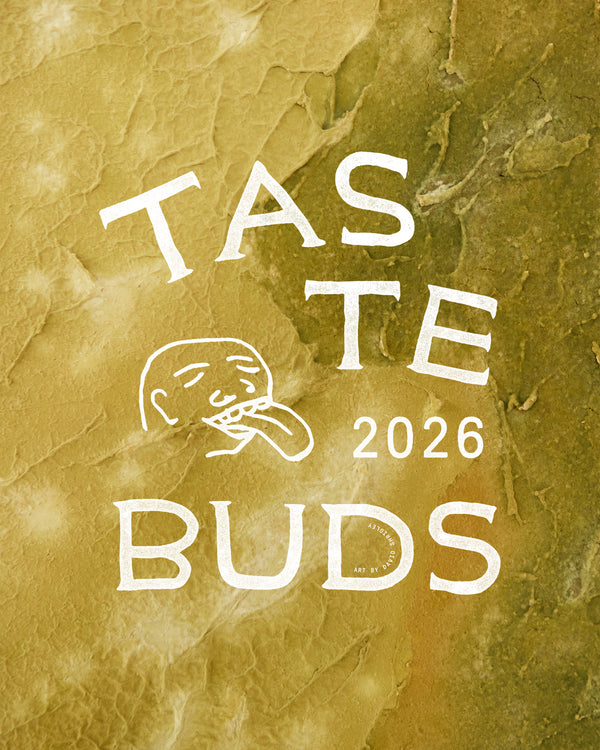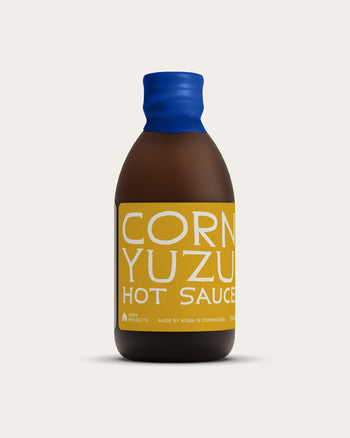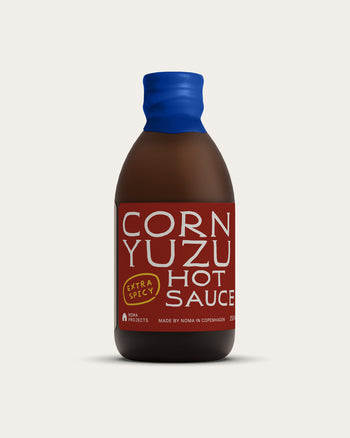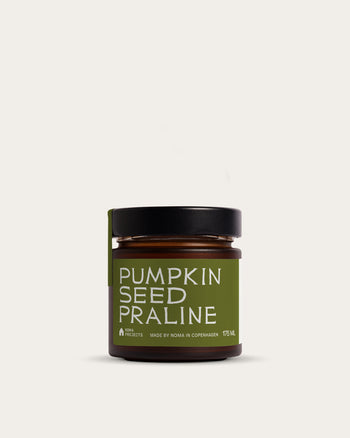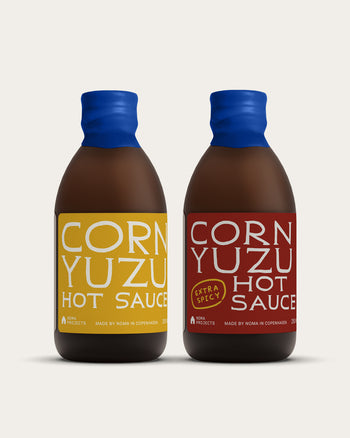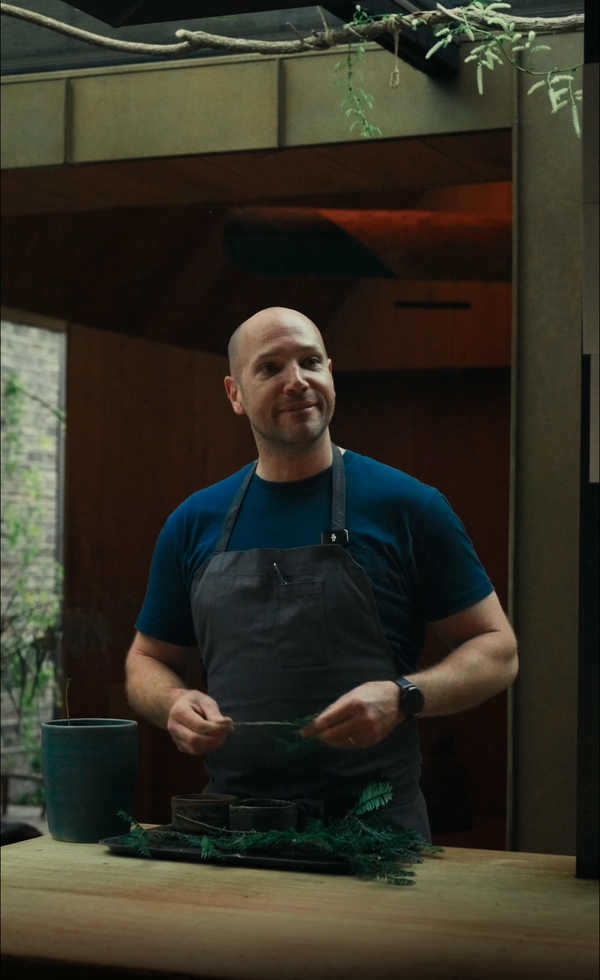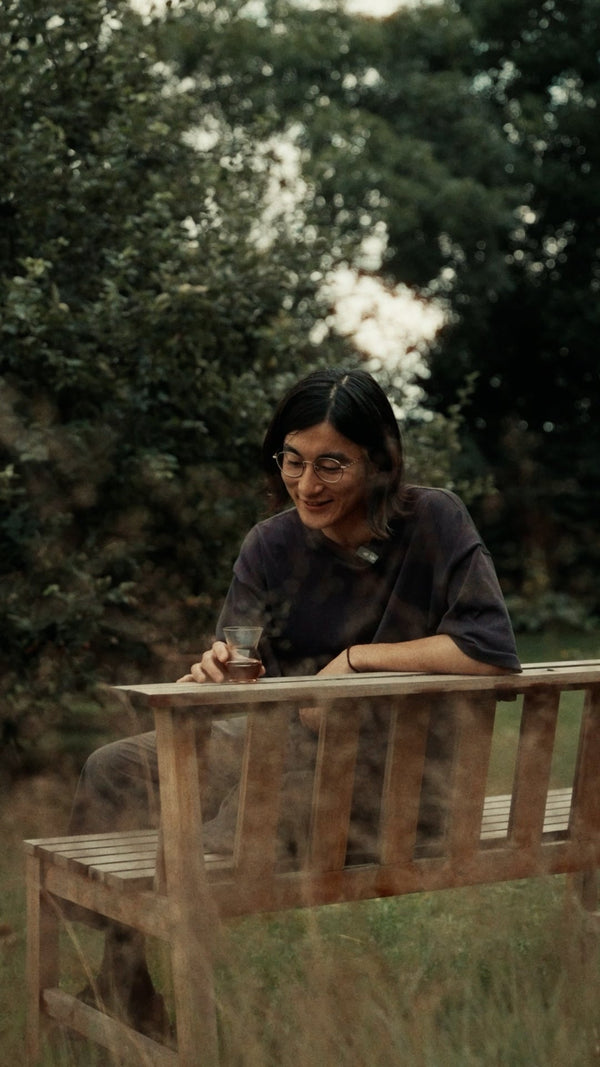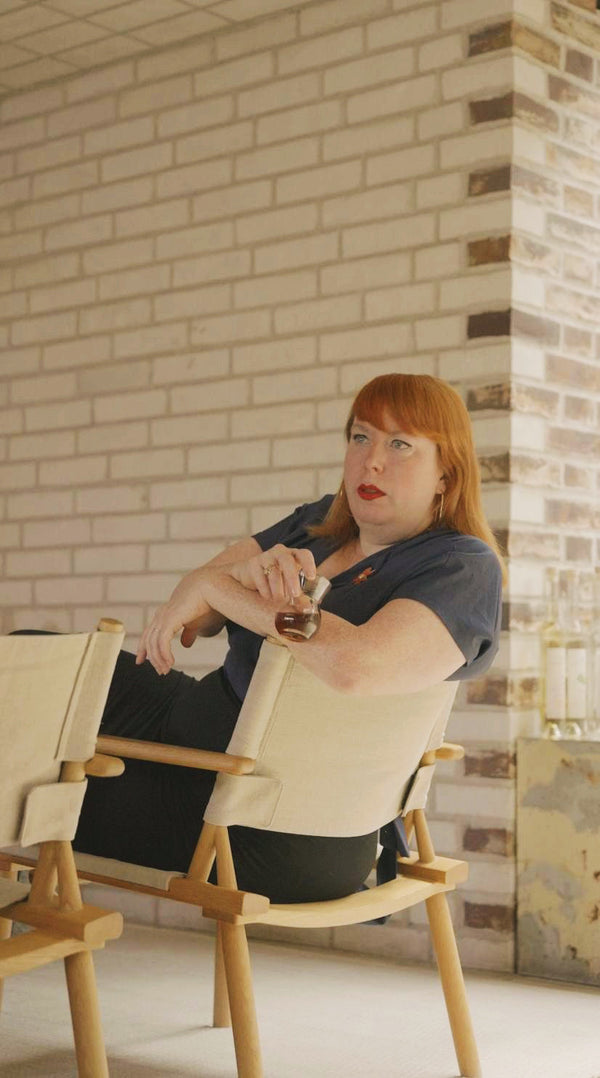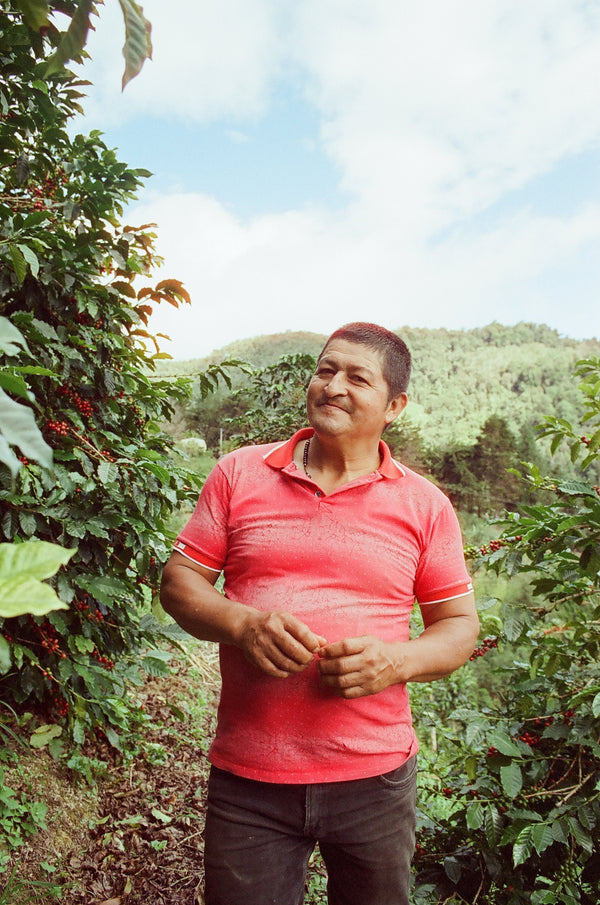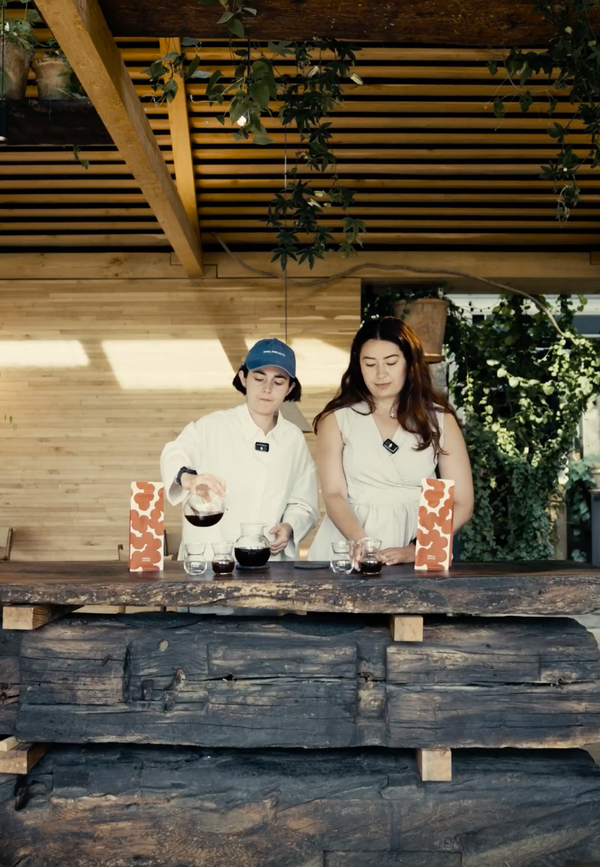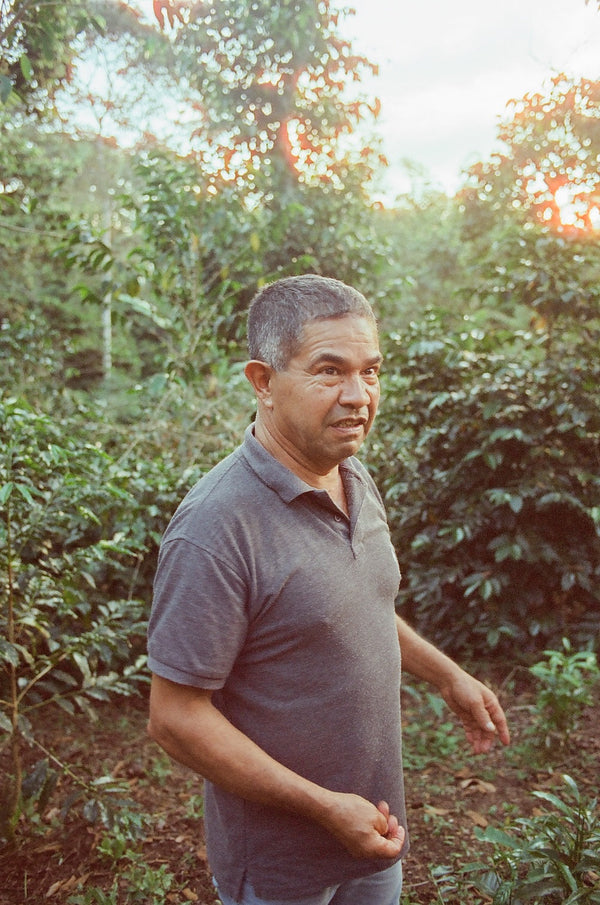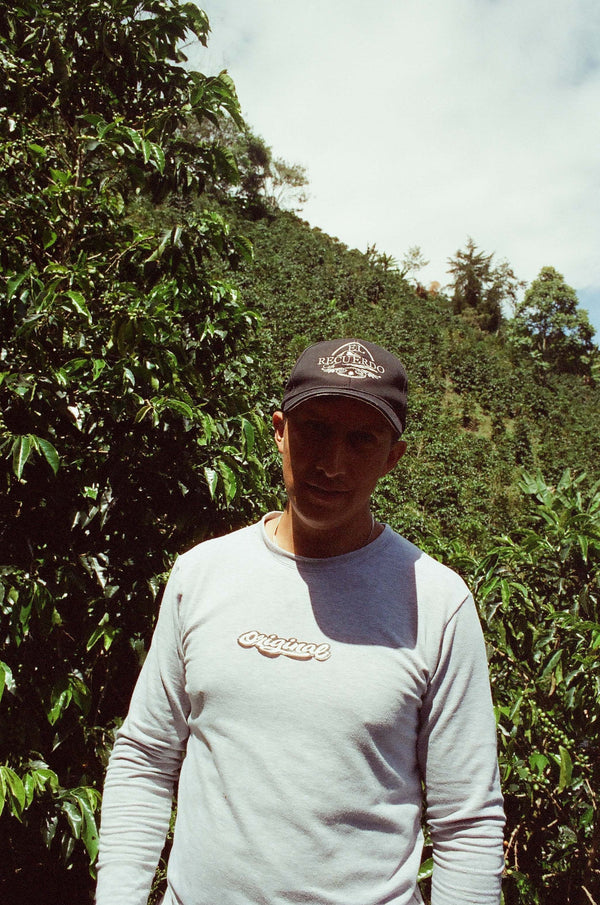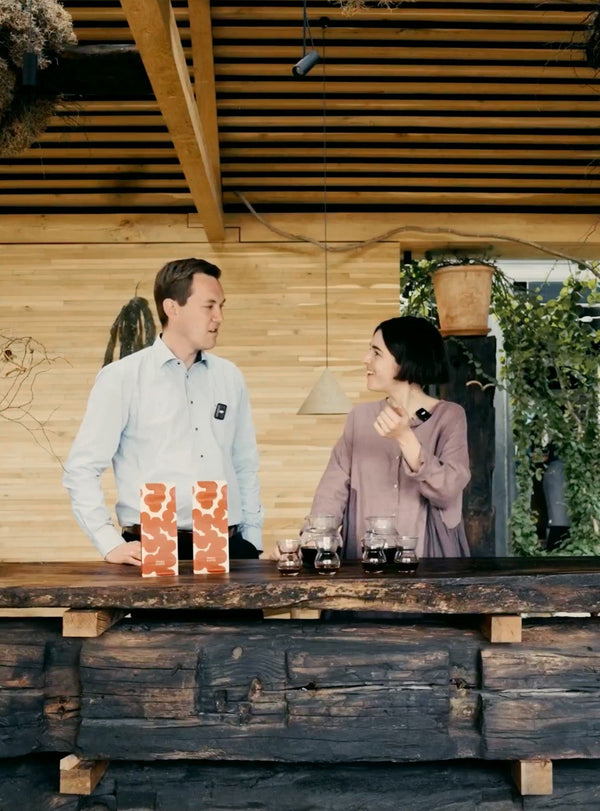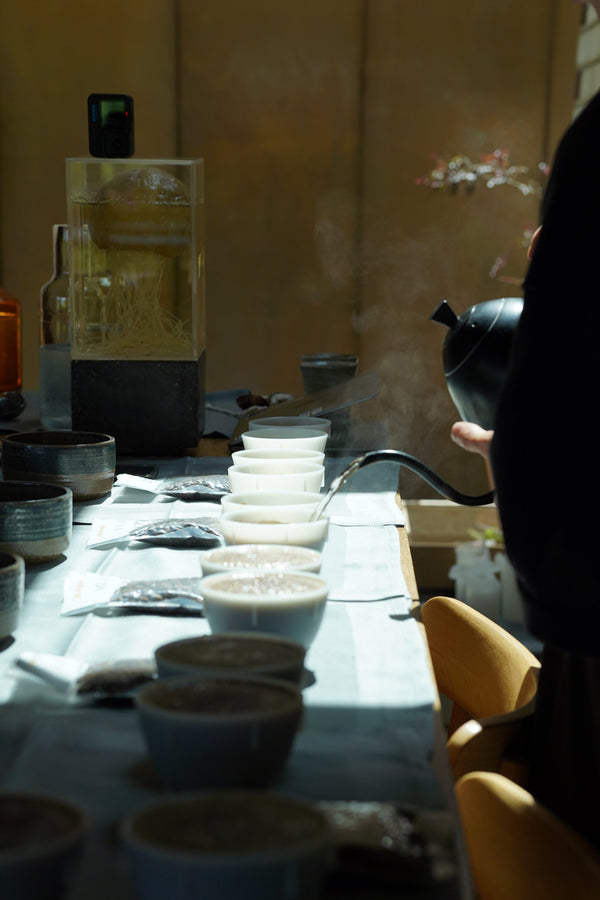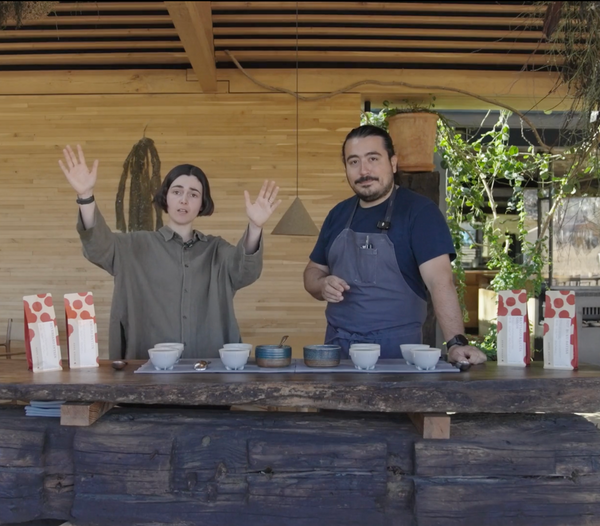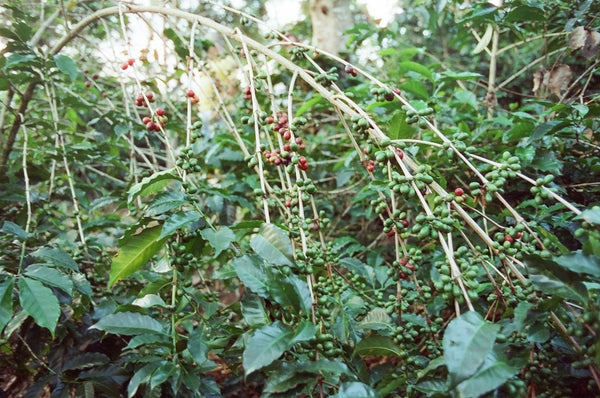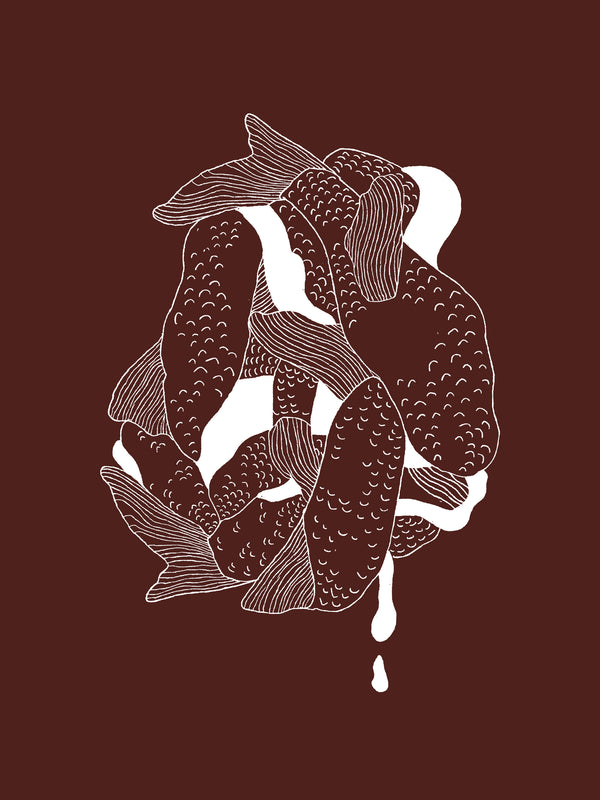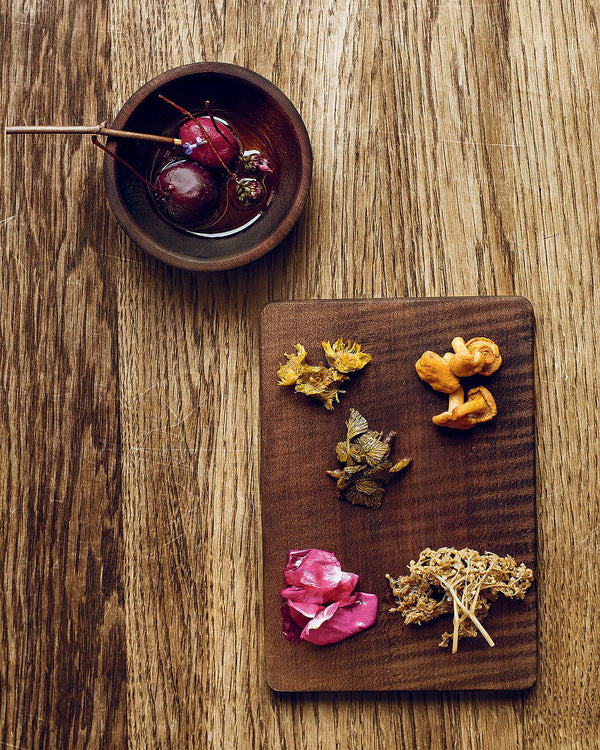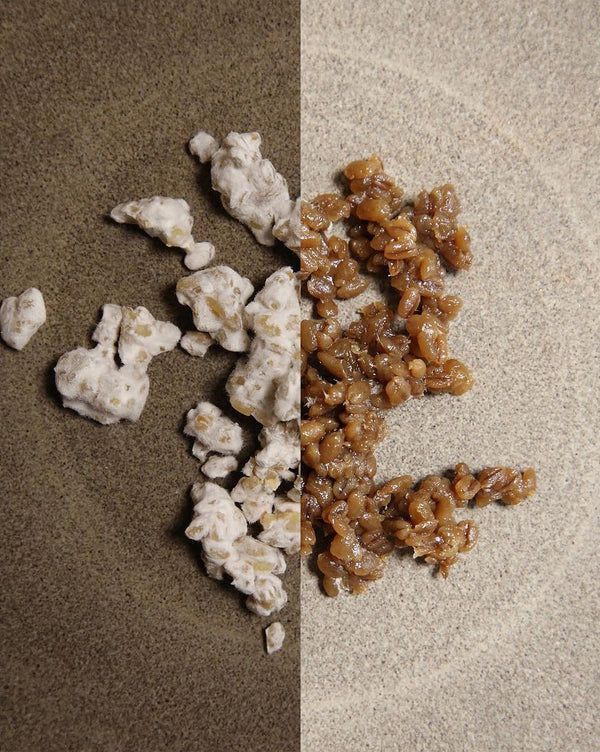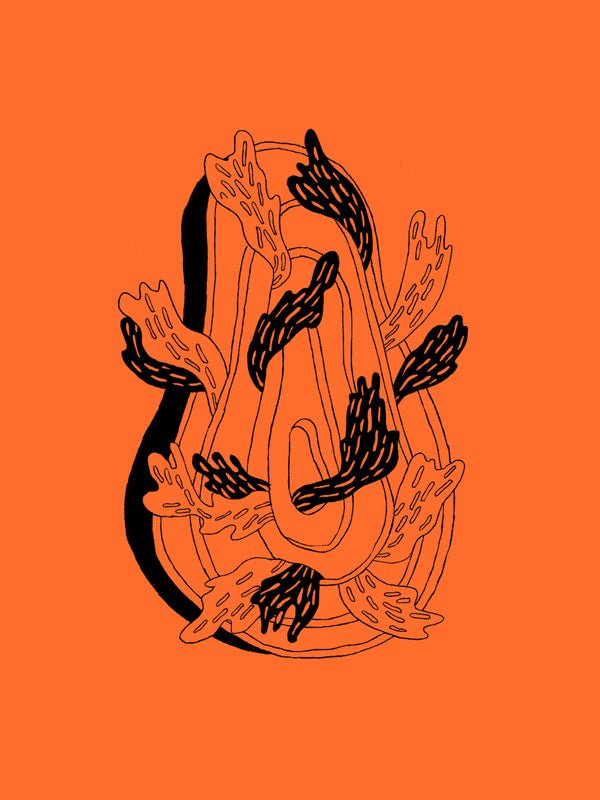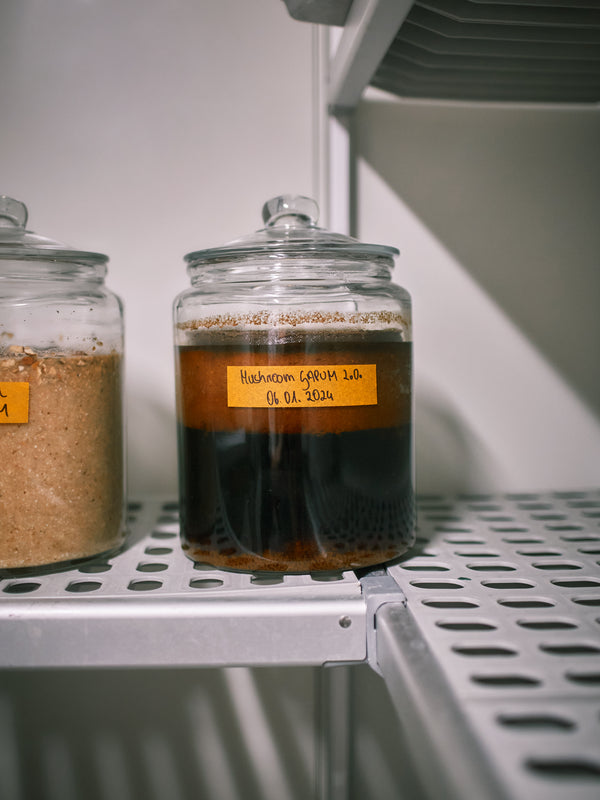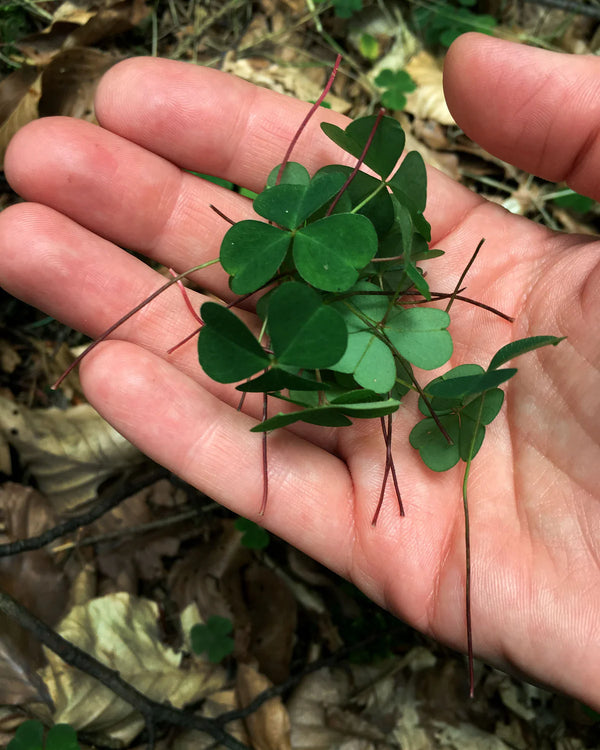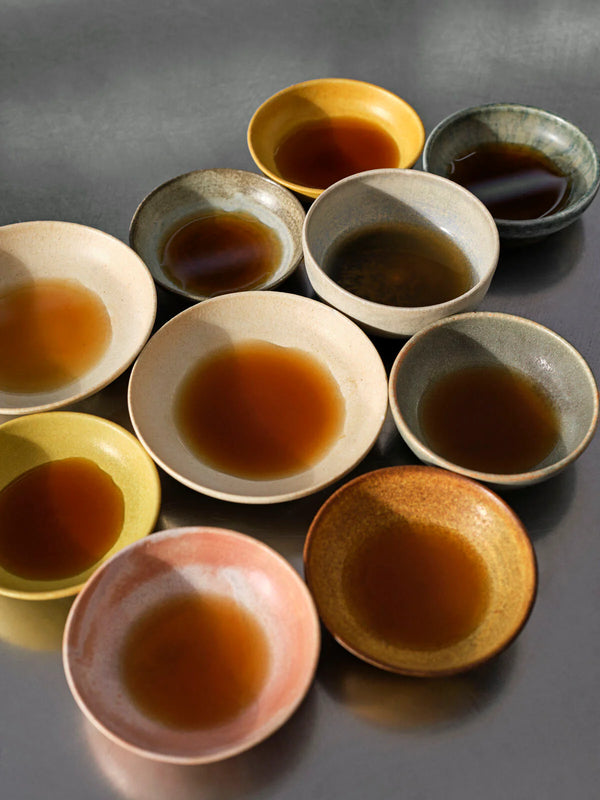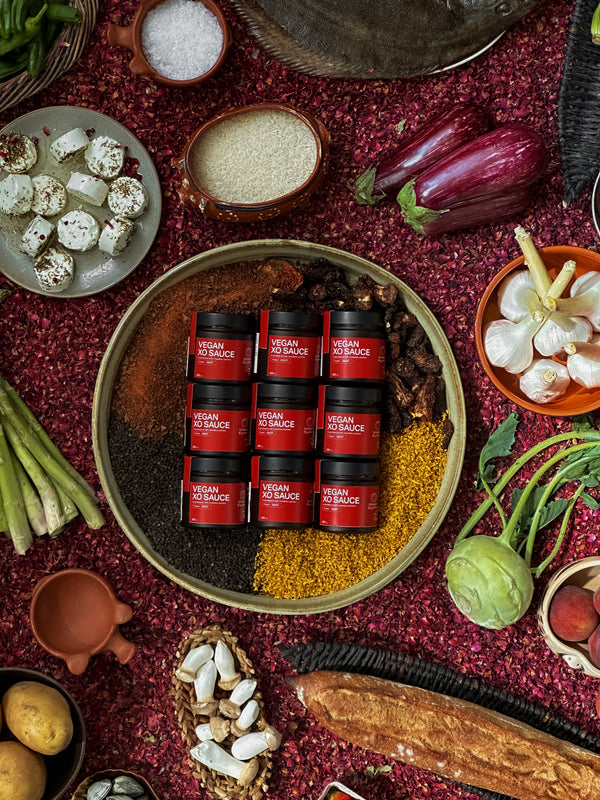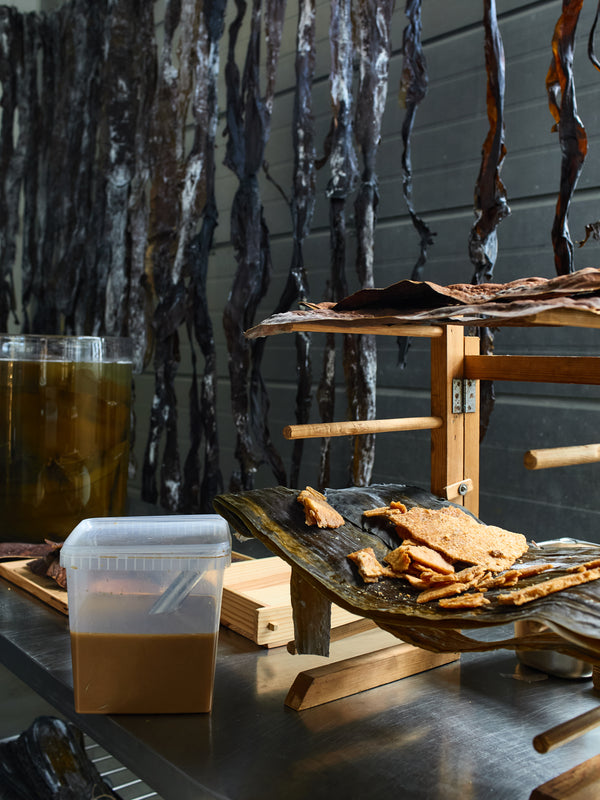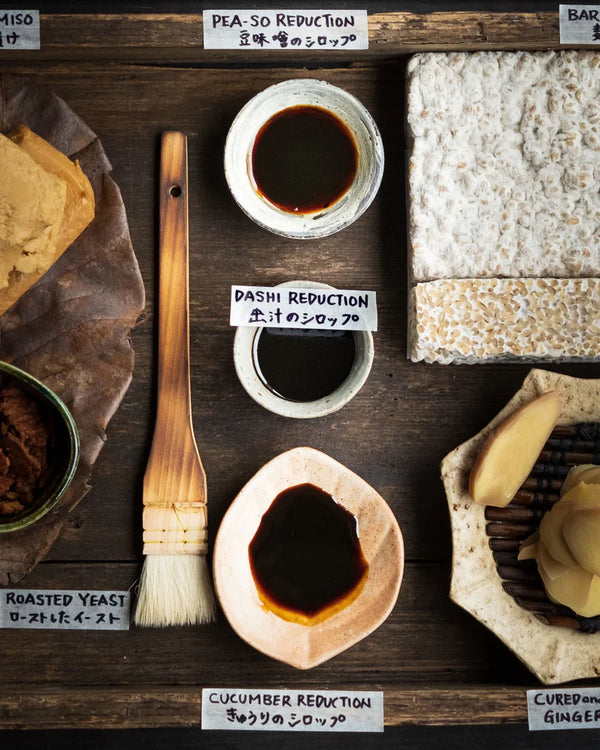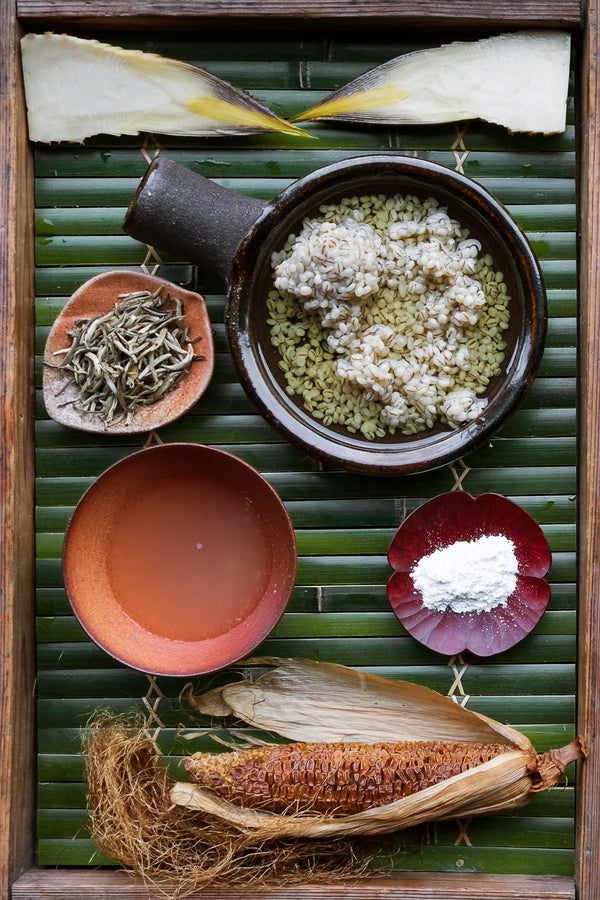For readers who may not know how the test kitchen operates, can you explain challenges like the one that led to the creation of Corn Yuzu Hot Sauce? What does that process look like?
These challenges—or perhaps you can call them “exercises”, since we’re not competing or testing each other—happen all the time. I would describe our general way of working like this: at any given moment, you will typically find us all focused on one big goal, such as the development of an upcoming menu. Then there are countless short or long-term projects going on at the same time. These can be directly related to completing that big goal or have nothing to do with it at all.
How do you mean?
René has a wonderful way of popping in with prompts and open-ended questions to keep the creativity flowing: “What if…?” We go through that door and see if we can find the answer. It may look like we are deviating at first, but soon enough you realize that what you are really doing is giving yourself a mental refresh, staying on your toes. Pauses like that often allow you to solve a puzzle you were struggling with before.
What are some examples of those exercises, whether for general inspiration or a clear purpose?
Everything is possible, whether it’s researching a specific period in history and coming up with a dish based on that, exploring the world of mochi or jellied textures however you choose, playing around with all the Japanese methods for frying, or looking into the tradition of salt-based game meats. The tasks can be very specific, incredibly broad, or somewhere in between.
The other thing that I would say is that is very important for people to understand is that when you look at a dish or a product we have created, it’s difficult for us to say who “the author” is, since we are constantly collaborating. Constantly tasting each other’s work and editing based on that feedback. A recipe that starts with me and looks like it will end with me, for example, could wind up being carried to the finish line by Jun or Thomas, and vice versa. It’s very fluid. There’s no ego. We each have our strengths and areas of focus, but we jump around constantly.

What would a truly noma hot sauce look like?
To go back to the topic of the “mini-projects": was René’s idea to see who could make the best hot sauce a purely creative exercise?
Yes, and it was just what we needed at that moment. This happened in the spring of 2021. March, I believe. The world was in lockdown and we were determined to keep fuelling our creativity. It was very special to be back to a routine of some kind, back with your colleagues, back to having goals to work towards. René started to imagine all sorts of scenarios and possibilities. One day he randomly came by, I think because he had smelled the lovely aroma of one of us cooking on the yakitori. He started chatting with us about grilling—smoke, skewers, eating with your hands. Lots and lots of amazing condiments and sauces. Spice mixes and rubs. At one point, he asked, “What would a truly-noma hot sauce look like?”

How can you tell that an ingredient or flavor is “truly-noma”?
The bar is quite high. You have to figure out how to develop something that is not only representative of our approach and incredibly delicious. You should be able to say that it does not exist anywhere else. Well, if you Google “hot sauce” or “barbecue sauce,” it’s easy to conclude right away that you would be crazy to even bother! I was just talking about this with Thomas Frebel. Often, you find yourself working on an idea, thinking that you are onto something special. He remembered working on a version of the sauce early in the challenge that featured tomatoes and peppers. After caramelizing and fermenting, the mixture got sweeter and so good, but it was starting to mimic the usual notes of a barbecue-slash-hot sauce too closely. With barbecue sauces, there’s almost always some sweetness, some acidity, some spice, and maybe umami or salt from a yeast extract. This was on its way to being another example of that. The more you work with René, the more you can judge for yourself.


So how did the team arrive at Corn Yuzu Hot Sauce?
The breakthrough was realizing that it needed to be a bit brighter, a bit more floral, and a bit more layered than you would expect from a hot sauce. It also needed to be a familiar series of ingredients combined in an unfamiliar way—the sort of thing that when you taste it, you can’t quite put your finger on why it is so captivating. It can take a minute to recognize that it is tapping into your experiences and flavour memories.
Much of the rest of the process was about tapping into ours, and following our intuition. Corn and habanero have been so important to us: the masa and sauces in Mexico, the amazing corn in Japan that people go crazy over when it comes into season. Everybody loves biting into corn on the cob, which we embraced as a source of sweetness. Thinking about it now, there’s also something quite cool about uniting two ingredients that do not share the same season, sweet corn and yellow yuzu, as well as the fact that you are getting a fruitiness from the chili that is not commonly present in other sauces.
On average, whether it’s for Noma Projects or a menu at the restaurant, how many ideas that get put forward at a tasting make it to the next round?
One percent, maybe? And you can expect that one percent to be evaluated and adjusted quite a bit. We’ll go through 100 trials of a recipe, let’s say goma dofu, to figure out just how long to cook it so it isn’t too soft and loose when served to the guest. We’ll also test how it eats in a million different bowls and serving vessels. Even if we nail all of that, there’s still a chance it won’t make it onto the menu. I’m not exaggerating.
It must be daunting, especially if you are invested in a particular idea.
In the good way. The key is to not be afraid to make mistakes.
